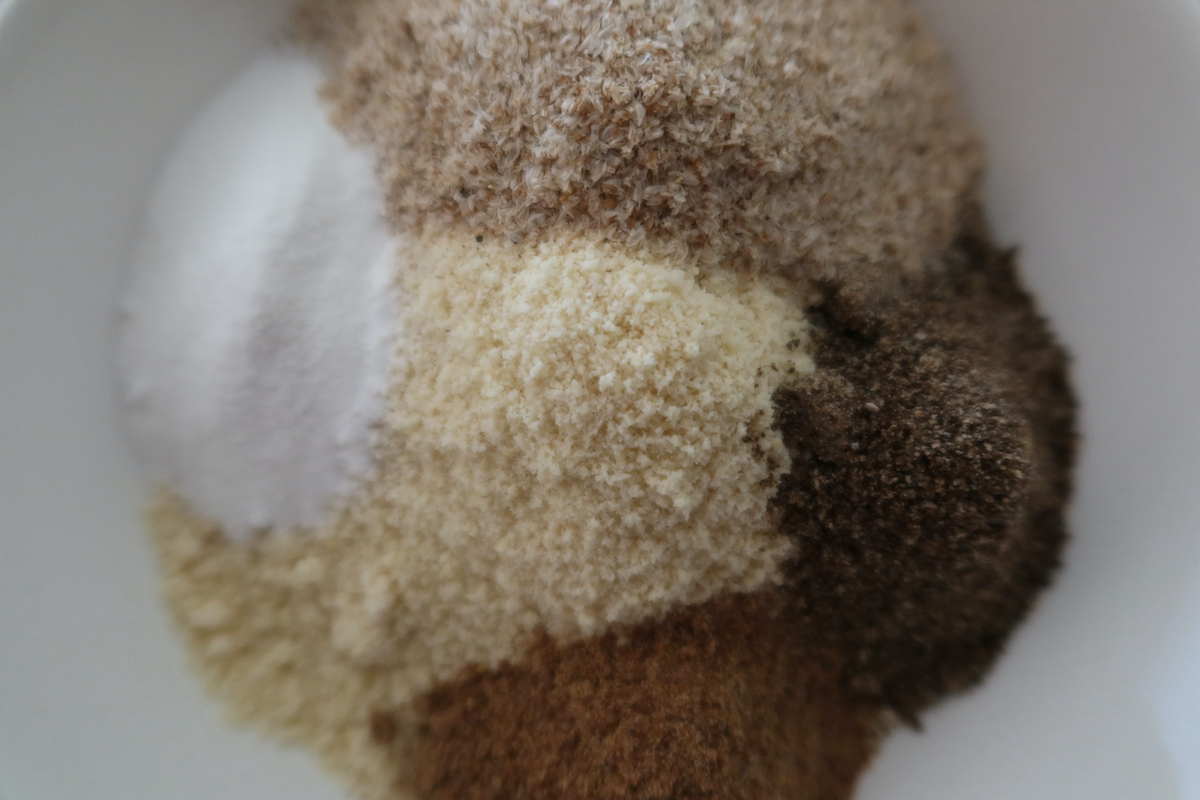
When it comes to food, “mixing” and “blending” are often thought of as being one and the same. As a home cook, confusing the two likely has little — if any — impact on outcomes. But consider the consequences if the terms are used interchangeably regarding commercial food applications. Significant amounts of time, money, and ingredients could be wasted.
The words and the processes behind them are nuanced. Similarities exist, but mixing and blending are distinctly different. The same can be said for “blending” and “dry blending,” although the difference there is a little more obvious. Dry blending exclusively uses dry ingredients, whereas blending could mean either combining dry ingredients or dry ingredients and liquids.
Food manufacturers need to be intentional about selecting the right terms and corresponding processes, or their products — and expectations — could be ruined. What’s more, food manufacturers need a toll processing partner that speaks the same language, and has the expertise and equipment to consistently deliver high-quality results.
Mixing and blending defined
Mixing and blending both involve combining different ingredients, but their goals are different:
Mixing is the process of physically combining two or more dry and liquid ingredients using some form of agitation. The goal is to thoroughly incorporate the ingredients, but there is no particular expectation of uniform distribution.
Blending is the process of homogeneity. Blending breaks down dry ingredients into smaller pieces and combines them with liquids and/or other dry ingredients to form an inseparable, uniformly distributed mixture.
The definitions of and differences between the two processes are fairly straightforward. Where food manufacturers benefit most from toll processing expertise is in dry blending — a sophisticated approach to ingredient and product formulations.
What’s dry blending?
Used exclusively on dry ingredients, the goal of dry blending is achieving a consistent ingredient blend. It sounds simple enough, but ingredients rarely, if ever, have the same densities and particle sizes. The variations present challenges, not the least of which is ingredient separation and uneven blending.
To overcome these challenges, food manufacturers often turn to toll processing partners with expertise in particle size reduction. Why? Managing particle size, shape, and weight negates discrepancies between ingredients and readily unifies them during dry blending.
Toll processing partners add value
Dry blending is complex. For food processing, the job might require several steps such as pre-blending and screening to achieve the precise particle size and ratio. As such, a toll processor’s capabilities need to support the broader particle size reduction goal with:
- Equipment such as temperature-controlled carbon and stainless steel double ribbon blenders, drying units, etc., that are integral to production and scalability
- Materials science expertise that enhances insights into particle characteristics and decision-making around handling, such as using coating or encapsulation to prevent degradation or agglomeration
- Product trials in small- and large-scale capacity to verify particle behaviors, troubleshoot specific obstacles, and hone equipment parameter prior to full production so there are no surprises — and no lost time or ingredients
- Certified quality and safety with documented procedures and testing protocols in compliance with FDA-regulated Current Good Manufacturing Practices (cGMP)
Food manufacturers are faced with multiple considerations as they take their product from ingredients to commercialization. Working with an experienced toll processing partner provides confidence that any mixing or blending process for food applications will be done expertly and efficiently.
Learn more about the value to expect from a toll processor in our guide, Milling Methods for Food and Pharmaceuticals.


.png?width=100&height=110&name=CPS-Logo-rgb-no-callout%20(1).png)
